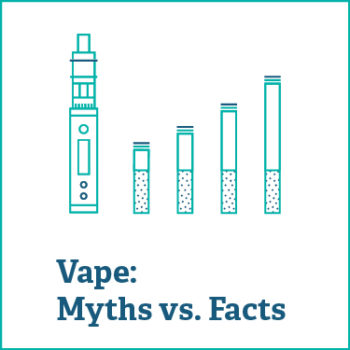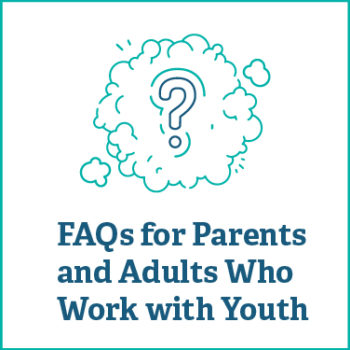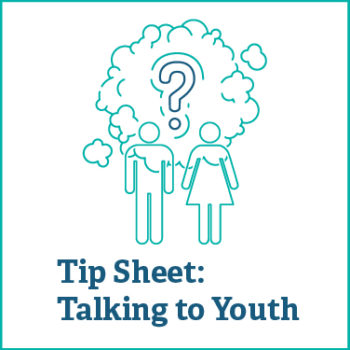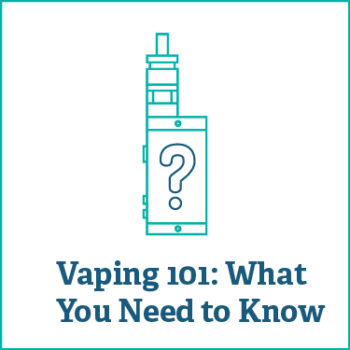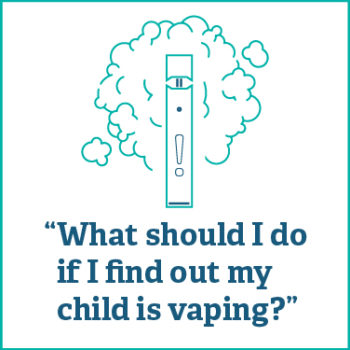Dangerously Tasty
2019 data show 63.9% of high schoolers who vape used mint and menthol flavors.8 Because the FDA policy does not prohibit menthol-flavored pod-based vapes, like Juul, youth can still easily access these products.
The Harm of Flavors Themselves
 To create flavors, vape manufacturers mix chemicals that are harmful when inhaled, regardless of the presence of nicotine.9 These chemicals can damage:
To create flavors, vape manufacturers mix chemicals that are harmful when inhaled, regardless of the presence of nicotine.9 These chemicals can damage:
- The blood and heart.10
- The lungs, causing shortness of breath in the near term and potentially disease in the long term.9
- The body’s immune system.9
Talk to the kids in your life about these risks, and be open to their questions about vaping. Click here for a guide about how to talk to youth about vaping.
What Are the Laws for Flavored Products?
Laws have passed in recent years to limit the sale of vape products to young people. However, more work is needed to ban kid-friendly flavors and protect youth.
National: In February 2020, the U.S. Food and Drug Administration (FDA) passed a policy prohibiting some flavored, cartridge-based vape products.6 However, this policy does not ban menthol- or tobacco-flavored products or disposable and open vape systems that come in other flavors. That means a wide variety of products are still on the market and accessible to youth.3
State: There is no statewide law limiting the sale of flavored tobacco products.
Local: Some Colorado communities have enacted local restrictions on flavored tobacco products to curb youth use. These policy changes show progress, but more is needed to curb youth use and prevent long-term addiction.

